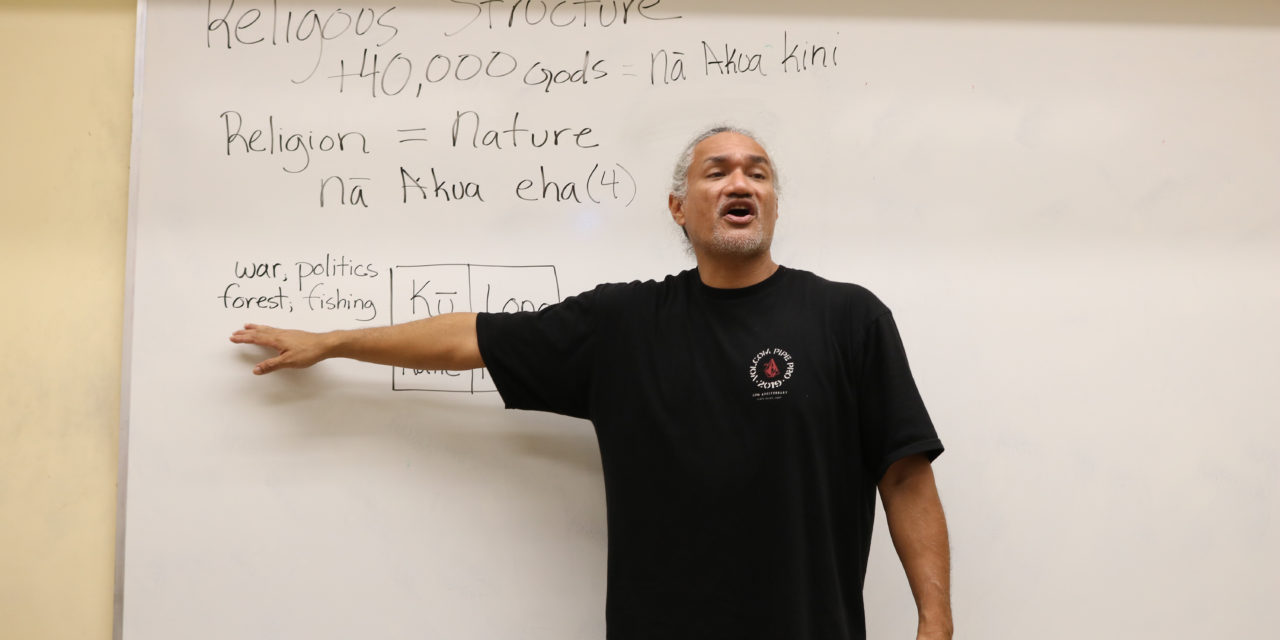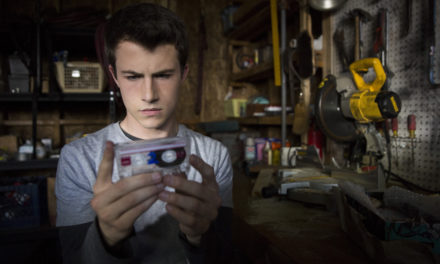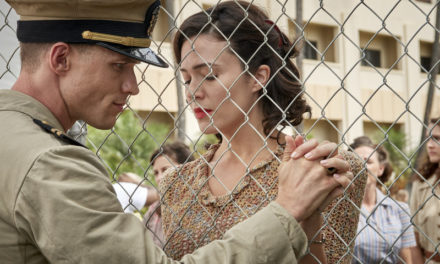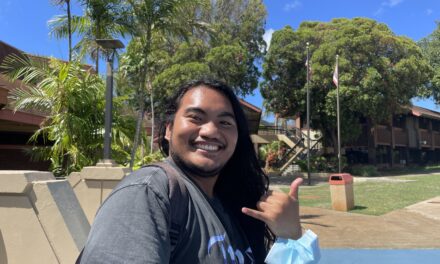By Kapiʻo News Staff
With the 2018-19 academic year coming to an end, there are classes KCC has offered that have brought joy, sparked new perspectives, or revived students’ passion for learning. For the Kapiʻo News staff writers, there are a variety of classes that they have taken throughout their time at KCC whether the courses related to their degree or not. As some of these classes they took have created fond memories to look back on, the staff writing team has compiled the best classes they have taken at KCC, classes that other students may find interest in, too:
Music as Therapy (MUS 170) with Jacob Koseki (taken by staff writer Lexus Yamashiro)
As someone who used to play in a band in high school, I was looking to take advantage of any music classes that KCC had to offer. Music as Therapy (MUS 170) class was one that stood out as it gave me a deeper understanding of how music plays a therapeutic role in people’s lives, especially for those who have disorders and disabilities. As someone who struggles with anxiety, I have relied on the power of music to help calm me during many times of stress and unease.
Taking this class in Spring 2017 with Professor Jacob Koseki provided me with a learning environment where I could truly understand the concepts being taught while channeling my inner peace through playing instruments with my classmates. From bringing in guest speakers to immersing us into the musical world through engaging PowerPoints and activities, Koseki’s class is one that introduces students to the approaches music therapy can have on an individual and benefits it can have.
World History to 1500 (HIST 151) and World History since 1500 (HIST 152) with Kelli Nakamura (taken by staff writer Lexus Yamashiro)
As an English major, it was puzzling to think that it is required to take history classes for the degree, especially being that it is was subject I was not fond of. But after the first lecture of World History to 1500 (HIST 151) with Kelli Nakamura in Fall 2017 started with a song that related to what we would be learning, my interest grew for the subject.
All of Nakamura’s lectures began with listening to a song following with a unique way of storytelling the history of the lesson’s main topic or person, helping students to better remember these connections for the midterms and finals. As I look back on how well I did in both of her classes, I was able to be open to learning and understanding the past because of Nakamura’s passion for the subject that she shares with her students.
Composition I (ENG 100) with Beau Ewan (taken by staff writer Sam Ehrhart)
This English class is taught as the college-level introductory class into other English classes on campus. Throughout the semester, Professor Beau Ewan got his students engaged by having them write essays relating to important topics in present-day Hawaiian, American, and global society. While other English professors teach poetry or novels from Shakespeare’s era, Ewan gets his students to write and investigate topics that are important to the current world. Ewan’s ENG 100 class is conducted in a humorous manner, but students can still learn the material from the way he teaches.
Lectures are usually conducted with Ewan playing “South Park” videos and movies to get his students interested and aware in what they will soon be writing about. Lastly, Ewan is an extremely compassionate teacher. He grades papers and quizzes incredibly fairly. Ewan grades assignments extremely quickly, and he types a full page of feedback to hand back to you on your essays. Ewan’s feedback is extremely helpful and his comments will definitely improve your writing. He is the best English teacher I’ve ever had in my entire life.
Intro to Hawaiian Culture (HWST 100) with Frank “Palakiko” Yagodich (taken by staff writer Sam Ehrhart)
This Hawaiian Studies class taught by Professor Frank “Palakiko” Yagodich is unlike any other class imaginable. The class is conducted with Palakiko routinely playing his ʻukulele, saying Native Hawaiian chants (oli) and getting the class engaged in fun group and class activities to learn about Hawaiʻi’s history, plants, animals, religion, and culture. Palakiko cares about his students at an extremely high caliber; he wants all of them to excel in his class and works hard to make sure everyone is learning the material and enjoying themselves, too.
Palakiko takes his HWST 100 class on field trips to downtown Waikīkī and ʻIolani Palace to give his students a look and feel of Hawaiʻi’s unique culture and history. Palakiko’s lectures are informative; the way he teaches leaving a positive impact on his students since he motivates them to be prideful in their work. Palakiko’s calm, chill, and happy-go-lucky attitude relaxes the class and allows learning to be achieved at a remarkable level. Palakiko is one of the greatest teacher’s I’ve ever had; students should take his class if they wish to learn about Hawaiʻi in a unique and hilarious manner.
This class was writing intensive, but it’s one of the easiest classes you can take, and not in a bad way. I learned a lot of interesting concepts I wouldn’t have considered if I hadn’t taken this class and the course was genuinely enjoyable to learn which is what made it easy. Plus, the professor only asks for four well-planned and well-written works and very few homework assignments.
I used to have an insane fear of public speaking. Now, after going to this class, I’m able to get in front of an audience and deliver my presentation without wishing the ground would swallow me up. I still feel nervous but not nearly as much as I used to. It’s a useful class that everyone should take, especially by Kashiwada. He teaches you how to prepare, deliver, and even what to do afterward in order to make sure whatever speech you’ve just spoken does its job.






